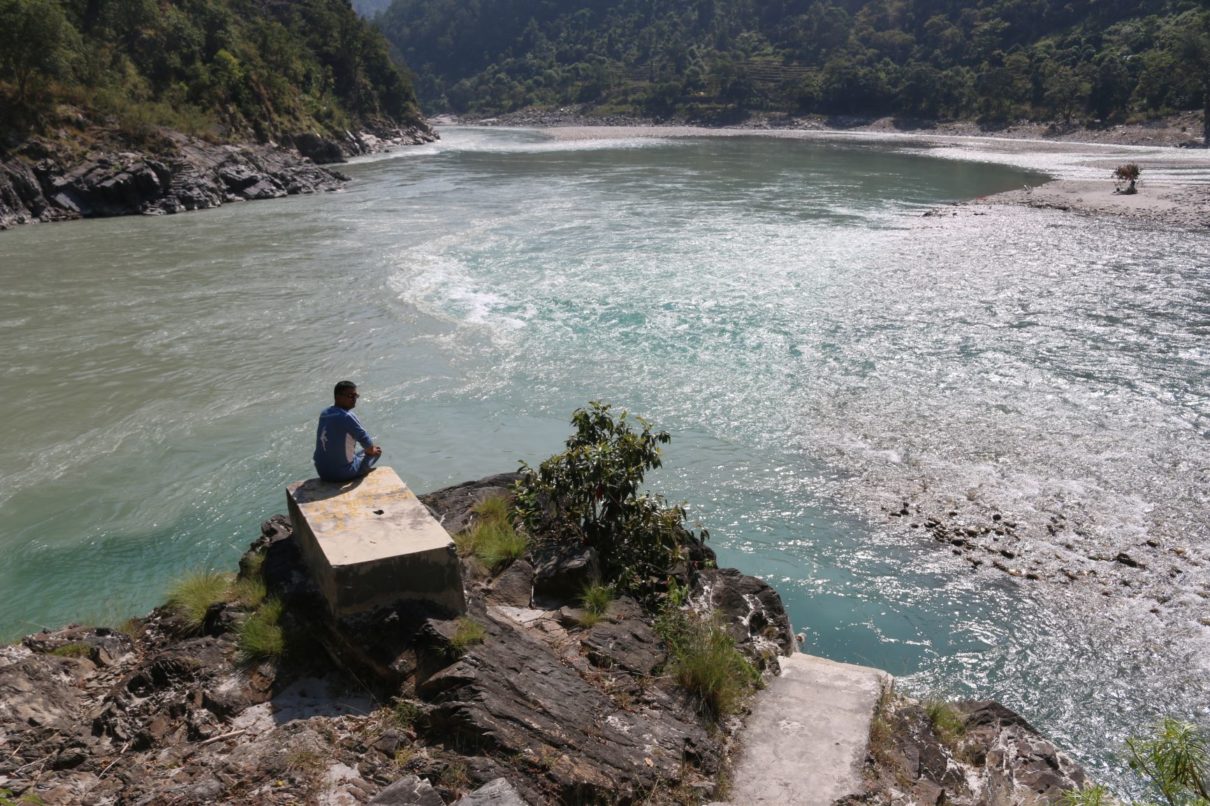What work of yours do you think is the most celebrated one?
I wrote an epic about Dhading, my hometown, called ‘Dhading Shree’ that covers a variety of topics, including nature, culture, and society in the area. I realized that there weren’t many works that discussed the beauty of Dhading. When I published this, I recall how happy the people from Dhading were and I take pride in the effort I put in. Their appreciation means a lot to me. Another of my well-known works is ‘Kosh Bigyan Ra Nepali Kosh’, which was published in 1989. Despite the overwhelming amount of lexicons in Nepali literature, nobody knows anything about lexicography. So, in this book, I have written information about the history, different forms of lexicons, and their significance in detail. It’s used a lot by Nepali students. Which genre do you prefer in Nepali literature? I’m fond of literature that reflects Nepali society. Laxmi Prashad Devkota, Lekhnath Paudyal, Gopal Prasad Rimal, and Dr Naba Raj Lamsal are some of the writers whose works I love to read. Also, I prefer to write more about nature and Nepali society. I’m fond of contemporary literature as they show society through different lenses, unlike literature of the past. What do you have to say about the future of literary criticism? Different critics have different traits and personalities. Taranath Sharma, who was widely known as a literary critic, used to criticize in extreme, in both good and bad ways basing it on his sentiment while Bal Krishna Pokharel did the exact opposite. At present, I believe that creativity in criticism is declining. I have seen some critics who have lost their perseverance. There used to be less work in the past but literary criticism was picking up pace. But now literature has developed in every nook and corner of Nepal, but criticism seems to be less. I’m hoping literary criticism grows along with other forms of literature. Do you have any advice for aspiring critics? To all the critics out there, all I want to say is don’t panic if someone is dissatisfied with your work. You need to continue writing what you think and feel is right to motivate others to write better literature. Criticism is necessary to bring creativity so that a writer can realize his/her weaknesses and do better. So no matter what anyone says, continue with your work. Lamsal’s Picks Agni by Dr Naba Raj Lamsal Agni by Dr Naba Raj Lamsal is one of the books among his three epics—‘Karna’, ‘Dhara’, and ‘Agni’, that captures the plight and suffering of marginalized people in Nepal. Shakuntala by Laxmi Prasad Devkota This is one of the greatest works of Laxmi Prasad Devkota, which was published in the year 1945.










